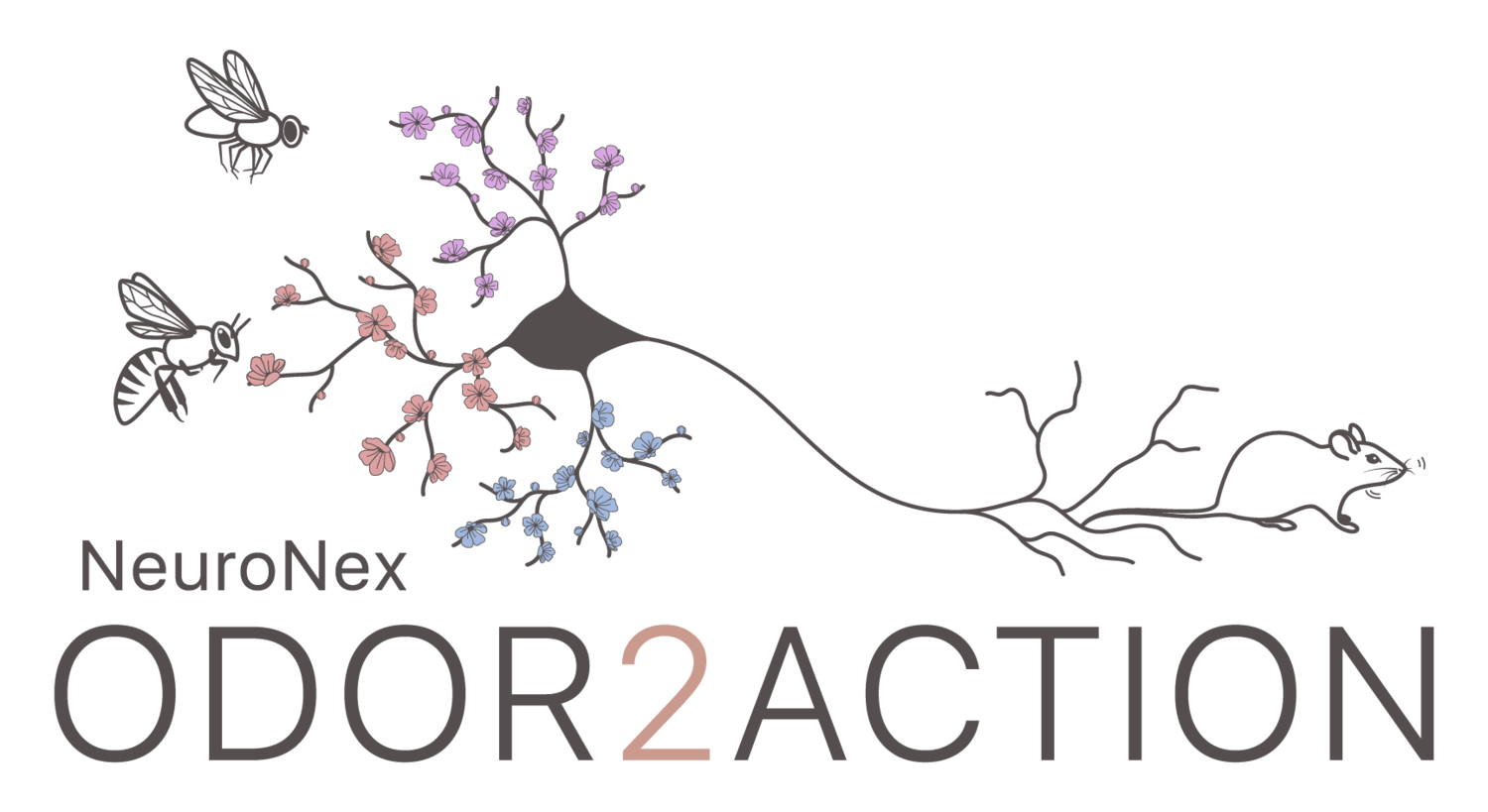Student Spotlight: Ankita Gumaste
The Odor2Action Network brings together international olfaction scientists with the goal of achieving an end-to-end understanding of how brains organize and process information from odors to guide adaptive behaviors. One of the network’s priorities is to train the next generation of scientists to view team science as a meaningful- even essential- part of their careers. We support trainees across the United States, Canada, and United Kingdom in fields spanning neuroscience, engineering, computation/mathematics, biology, data science, and beyond.
As part of our Student Spotlight series, we interviewed Ankita Gumaste, a Neuroscience PhD candidate at Yale University in New Haven, CT.
Odor2Action Affiliation: VerhagenLab
How did you find yourself in the field of neuroscience? What piqued your interest in studying this field?
I first entered the field of neuroscience as a second year undergraduate at Emory University. I began working in the lab of Dr. Robert Liu on the effect of estrogen and maternal experience on female mouse sensitivity to infant auditory cues. I was fascinated by the impact that our senses can have on instinctive behaviors. Ever since, I’ve been interested in studying the role of sensory systems in innate and social behaviors. In the Verhagen lab I have been able to combine these interests to study the behavioral strategies and olfactory bulb response properties that enable innate odor guided behavior in mice.
What most excites you about being involved with the Odor2Action network?
Through being involved with the Odor2Action network, I have had the opportunity to collaborate with and learn from scientists approaching the problem of odor-based navigation from different angles. I am excited about the unique perspectives that these collaborations bring to the field of olfaction, which is truly an interdisciplinary field.
Tell us about an impactful project you’ve worked on as a part of the network.
I have been working on a project focused on elucidating if mice can use intermittency, a temporal odor plume property, for odor source localization. To probe this question, in collaboration with other members of the Odor2Action network, we used a behavioral task as well as calcium imaging of neural activity in an early mammalian olfactory processing center, the olfactory bulb. We found that mice are able to behaviorally discriminate between odor plume samples of varying intermittency and that early olfactory processing encodes this property. Together this suggests that intermittency is an odor plume property that mice are capable of using for odor navigation.
How will your training/experience impact the field of neuroscience?
My training experience has allowed me to explore a previously understudied facet of mammalian olfaction, intermittency detection. The results of my training experience have opened up many future areas of exploration within the field of neuroscience that can focus on further probing intermittency detection in mammals (such as downstream processing and changes in navigation strategies based on odor plume intermittency).
How will your training/experience impact society more broadly?
My research, in collaboration with several members of the Odor2Action network, provides a greater understanding of the mammalian olfactory system, particularly in the context of natural odor plumes. More broadly, understanding neural processing within the olfactory system can be useful in developing computations implemented in robots and similar devices to be used to locate and identify potentially harmful odor sources.
What is the next step for you after completing your degree?
After defending my dissertation, I will be beginning a position as the Assistant Director of Educational Program Assessment at Yale’s Center for Teaching and Learning. Here I will be applying my research knowledge to evaluate and aid improvement of educational programs at Yale.


